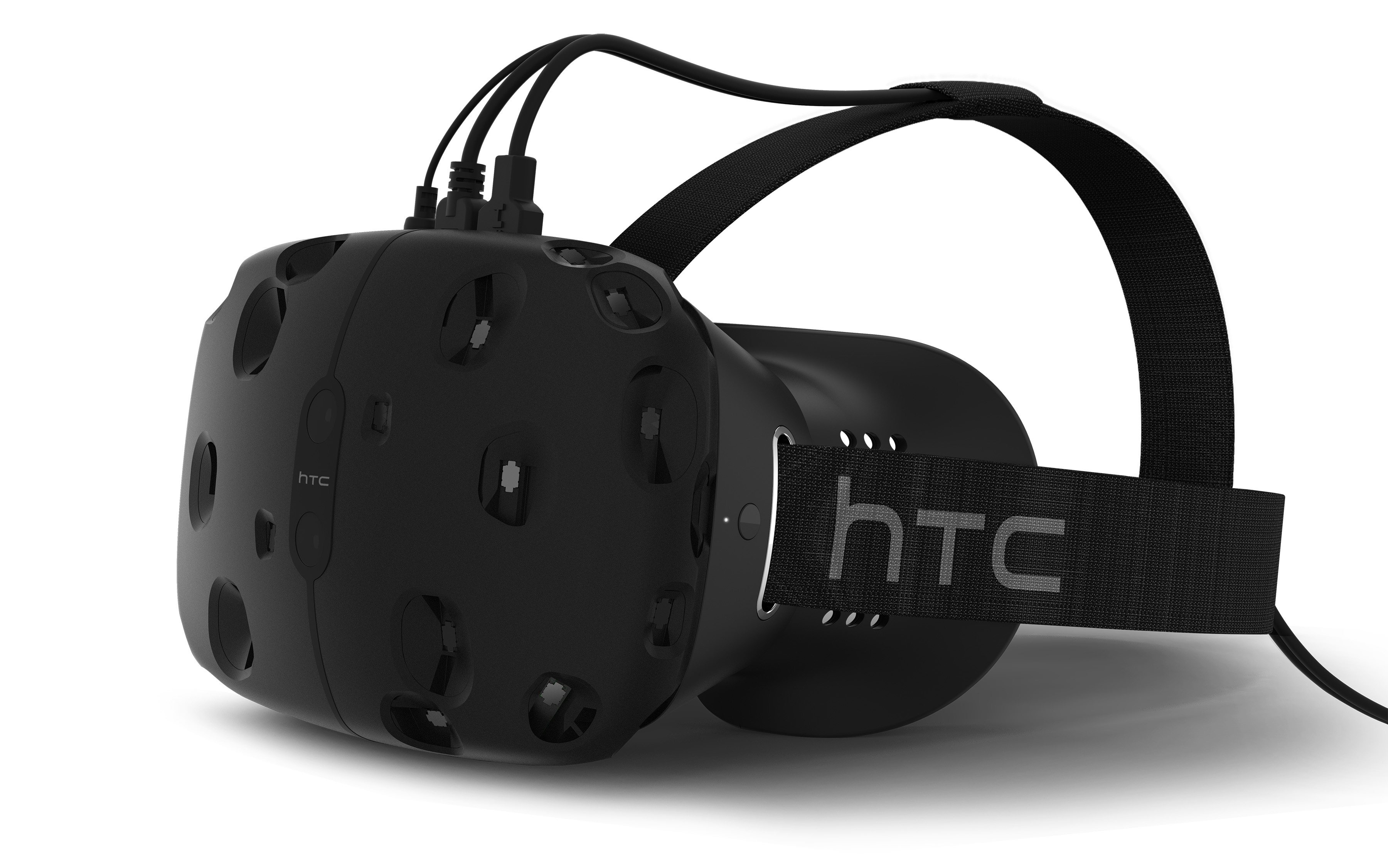There has been a lot of talking about VR recently, and with good reason. There's a lot of exciting things happening all across this emerging tech market, and every company wants to participate in the action. Google's Cardboard VR initiative is simple and possess to get a taste of the VR experience, while the HTC Vive plan to take it to an entirely new place later this year with SteamVR.
The first thing you'll notice with all three of these devices side by side is the sheer size of the lenses in the HTC Vive compared to the other two. A big part of the VR experience is immersion, which basically means the lenses work with the display to fill your field of view and give you the sense that you're somewhere else ie it acts as a virtulization. It's widely believed the best immersion experiences happen when you go beyond a 100-degree field of view, but HTC demonstrates there's a little more to it than this. Version 2 of Google Cardboard offers a 100-degree FoV, and Samsung's Gear VR offers a 96-degree FoV, but neither of these experiences fill your vision quite like Vive.
That extra 10 degrees isn't all there is to this equation. Where Samsung and Google rely on a widescreen presentation through a landscape smartphone, Vive on other hand,uses a pair of 1280 x 1080 screens in portrait to fill your eyes.








0 comments:
Post a Comment